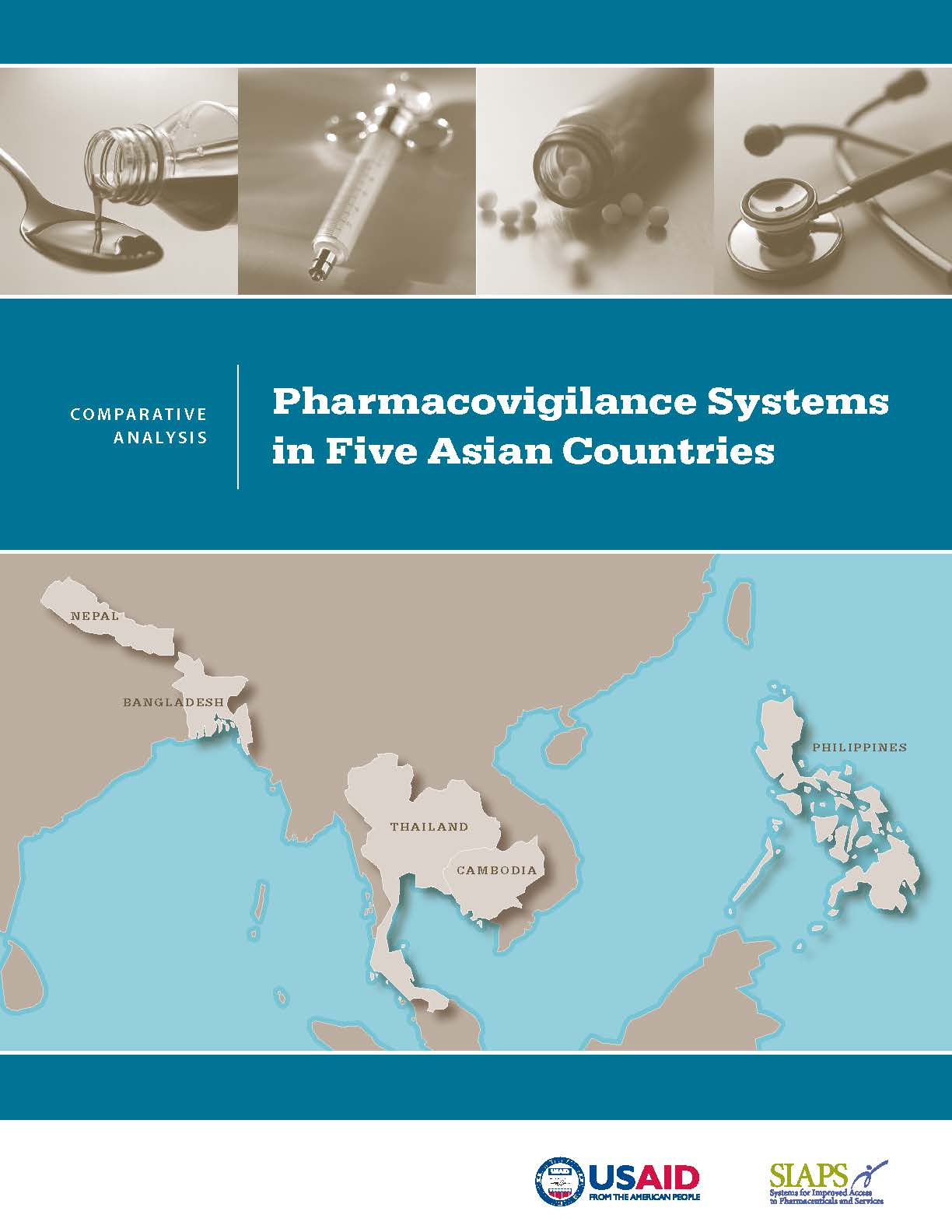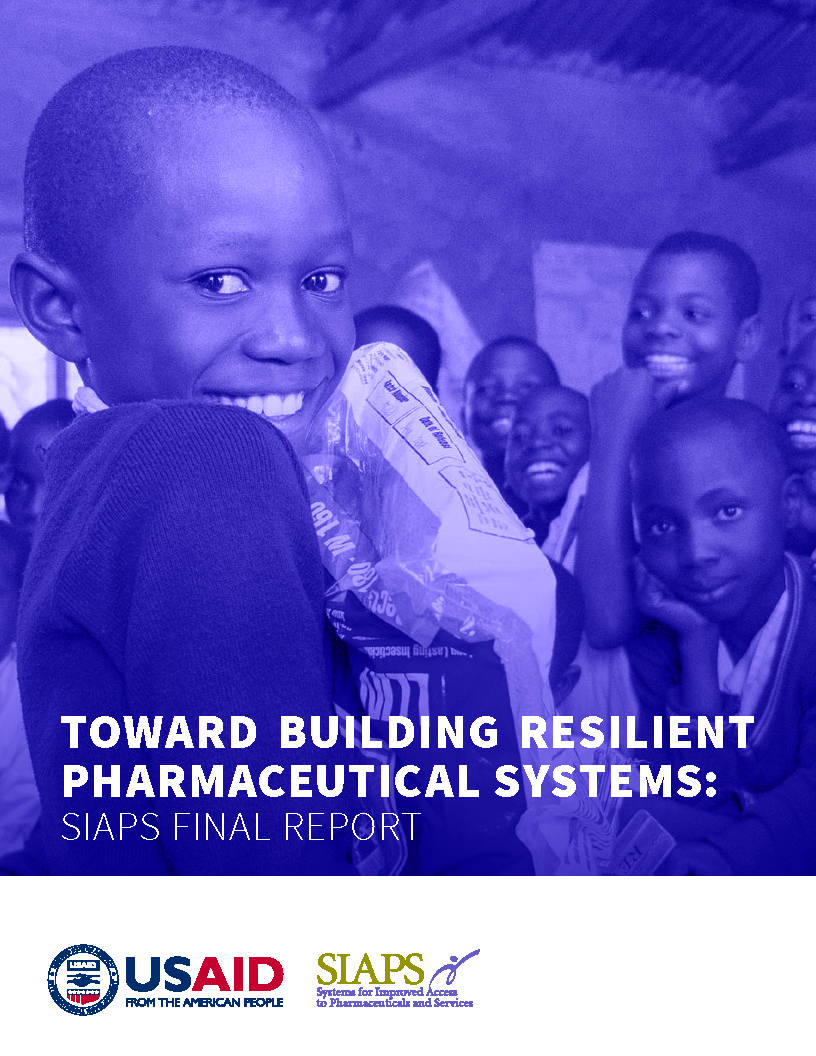
Despite an increase in access to medicines in low- and middle-income countries (LMICs), fully functional pharmacovigilance and regulatory systems are not yet in place. Strengthening regulatory and pharmacovigilance systems is a global imperative for preventing harm and improving outcomes in treatment and prevention programs. The Asia region both supplies and purchases medical products. A better understanding of the existing regulatory and pharmacovigilance systems in this region can help guide national governments and international donors towards effective and viable pharmacovigilance systems.
Recognizing the importance of assisting countries to protect the public from poor quality and unsafe medicines, the US Agency for International Development (USAID) and the US Food and Drug Administration (FDA) funded the Systems for Improved Access to Pharmaceuticals and Services (SIAPS) Program to assess pharmacovigilance systems in five Asian countries: Bangladesh, Cambodia, Nepal, the Philippines, and Thailand.
The objectives of this assessment were to:
- Benchmark the performance of national pharmacovigilance systems
- Identify replicable and successful experiences
- Map the contributions of donor agencies
- Recommend options for enhancing pharmacovigilance and post-market surveillance systems’ capacity and performance


